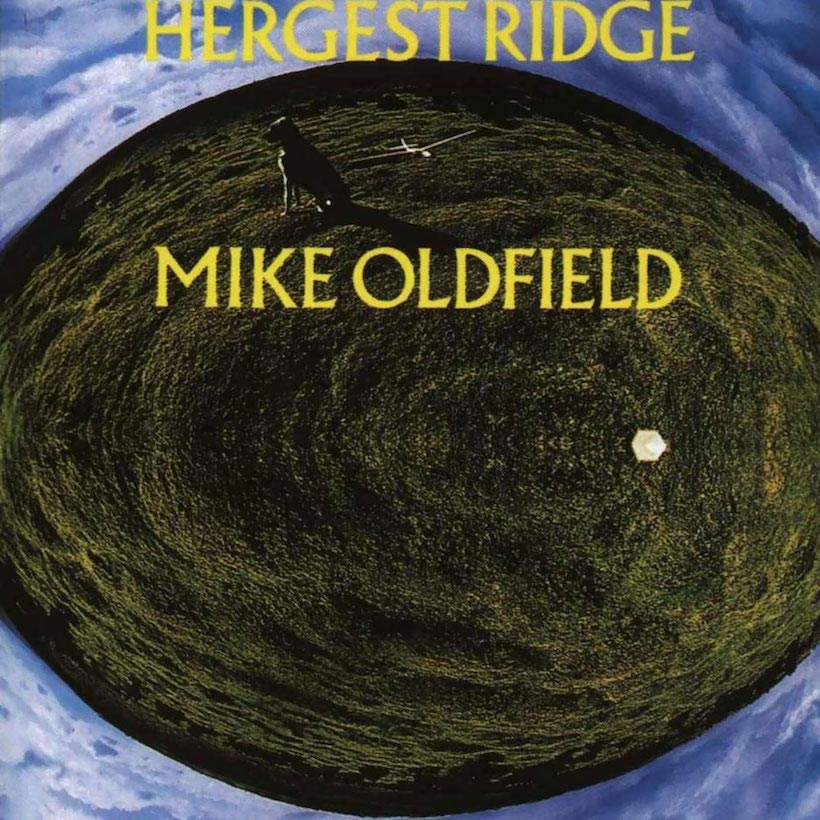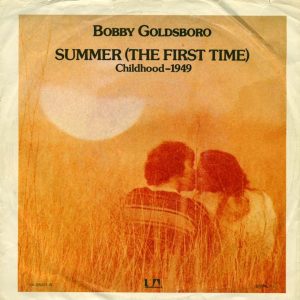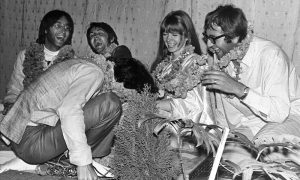Mike Oldfield likely never expected to be following up a massively successful debut album. But that’s the situation he found himself in after Tubular Bells became a sensation. Rather than try to replicate that album’s sound, however, Oldfield went in another direction… And somehow came out the other side with yet another blockbuster. Indeed, in the NME of August 24, 1974, four days before the LP’s release, the paper’s deputy editor announced in a feature headline: “Hergest Ridge Will Sell A Bomb.” The NME was not wrong.
The only real similarity between Hergest Ridge and its predecessor is that both were a single work that occupied the two sides of the original long-playing record. Released some 15 months after Tubular Bells, Hergest is much more “classical” in its musical construction, and more complex.
Hergest Ridge can be bought here.
Tubular Bells had thrust the then 20-year-old Oldfield into the spotlight, and he was the first to admit that it was not his natural habitat. He retreated to Herefordshire, and the depths of the English countryside, to write his second album. (Hergest Ridge is a hill near Kington in that county, on the border between England and Wales, near to where Mike was living.)
Having gotten the necessary inspiration for the writing, he took his demo back to The Manor Studios in Oxfordshire, where he had recorded Tubular Bells, and began work on the album in the spring of 1974 with producer Tom Newman, with whom he had collaborated on his debut.
In every respect, Hergest Ridge is a far more sophisticated work than its predecessor. It’s redolent of the music of earlier 20th century English composers, notably Ralph Vaughan Williams and Arnold Bax. Similar to his debut, Oldfield multi-layered tons of instruments for a sound that was different from anything else that was being recorded at the time.
Sure, Yes were sailing the prog rock seas with similar experimentation on their late 1973 release, Tales from Topographic Oceans. But their keyboard-led layering was a collective affair, created as the group recorded together and bounced ideas and themes among themselves.
In contrast, Oldfield worked like a traditional classical composer and then used the studio, along with its equipment and the help of Newman, to create a work of sustained thought and creativity. He was helped by his sister Sally on vocals, as well as the London Sinfonietta Voices for choral effects; there were also some other instruments played by studio musicians that included Mike’s brother Terry, himself a composer, on woodwinds.
Hergest Ridge entered the UK album chart at No.1 on September 14, 1974. Three weeks later, it was replaced by Tubular Bells, which spent just a week at the top, its sales having been reignited by Oldfield’s follow-up.
In 1976, David Bedford, who conducted the strings on the original release, recorded a purely orchestral version of Hergest Ridge. (Parts of this version were used in the NASA and Tony Palmer documentary, The Space Movie.)
In 2010, Hergest Ridge was re-released by Mercury Records and it includes a remix of the album and the original vinyl mix of the album. Oldfield was never entirely happy with the original album cover, and so he commissioned a new one. The deluxe edition of the album also includes Mike’s original demo, and it’s fascinating to hear how his ideas developed, offering a unique insight into the creative process.




